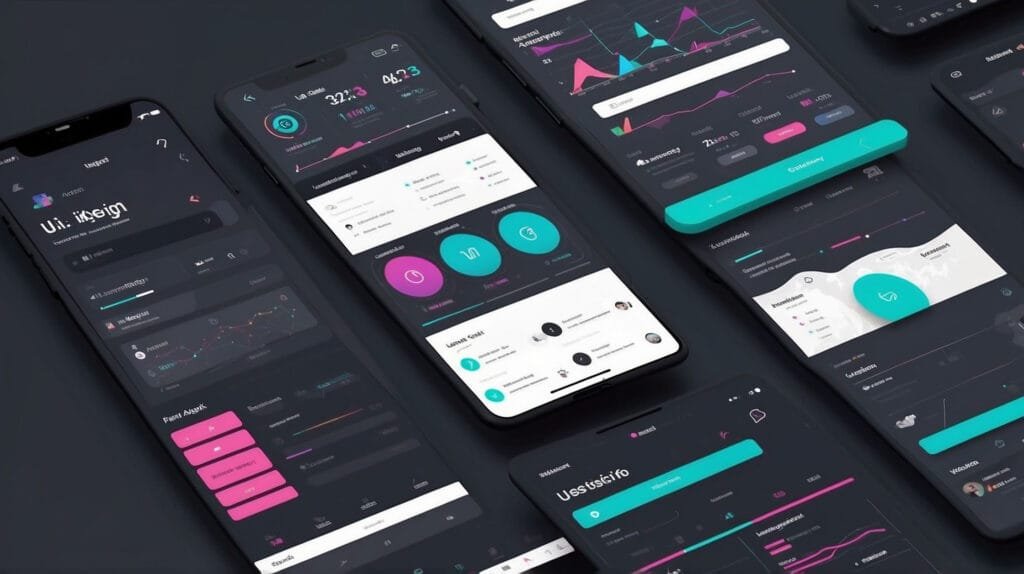Introduction: 10 UI/UX Principles Every Designer Should Know in 2025
User experience (UX) and user interface (UI) design are constantly evolving fields. To stay ahead in 2025, designers need to understand and apply key principles that ensure usability, accessibility, and engagement. In this blog, we outline 10 essential UI/UX principles every designer should know to create impactful designs that resonate with users.
1. Prioritize User-Centered Design
Designing with the user in mind is fundamental to any successful project. By understanding user behavior, needs, and preferences, designers can create experiences that are intuitive and meaningful. Key steps include:
- Conducting user research and usability testing.
- Creating personas to represent target users.
- Iterating designs based on user feedback.
2. Consistency is Key
Consistency across design elements ensures a seamless user experience. This includes:
- Using consistent typography, color schemes, and icons.
- Maintaining uniform navigation patterns.
- Ensuring all components behave predictably.
Consistency builds trust and makes interfaces easier to learn.
3. Design for Accessibility
Accessibility is no longer optional. Inclusive design practices ensure everyone, including people with disabilities, can interact with your product. Consider the following:
- Use sufficient color contrast for text and backgrounds.
- Add alt text for images.
- Ensure keyboard navigability.
4. Focus on Mobile-First Design
With mobile usage dominating, designing for smaller screens first ensures your product works effectively on all devices. Best practices include:
- Prioritizing key content and features.
- Using responsive design techniques.
- Minimizing load times and optimizing images.
5. Keep It Simple and Minimalistic
Simplicity enhances usability. Overloading users with information or features can overwhelm and frustrate them. To achieve simplicity:
- Eliminate unnecessary elements.
- Use whitespace effectively to create focus.
- Streamline user flows and interactions.
6. Leverage Visual Hierarchy
A clear visual hierarchy guides users to essential information and actions. Techniques to establish hierarchy include:
- Using size, color, and contrast to highlight key elements.
- Grouping related items together.
- Placing primary actions prominently.
7. Provide Feedback and Interactivity
Feedback reassures users that their actions have been registered. Examples include:
- Highlighting buttons when hovered or clicked.
- Showing loading indicators during processing.
- Providing confirmation messages for completed actions.
8. Ensure Fast Loading Times
Speed is a critical factor in retaining users. To optimize performance:
- Compress images and optimize assets.
- Minimize the use of heavy scripts and plugins.
- Implement lazy loading for non-critical elements.
9. Test, Iterate, and Improve
The design process doesn’t end after deployment. Continuous improvement ensures your product meets evolving user needs. Focus on:
- A/B testing to compare different design approaches.
- Analyzing user behavior through heatmaps and analytics.
- Gathering feedback regularly to inform updates.
10. Embrace Emerging Trends
Staying informed about industry trends keeps your designs fresh and relevant. In 2025, watch out for:
- AI-driven personalization.
- Immersive experiences through AR and VR.
- Voice and gesture-based interfaces.
Conclusion
Mastering these 10 UI/UX principles is crucial for any designer aiming to excel in 2025. By focusing on user-centered design, accessibility, and emerging trends, you can create designs that are not only functional but also delightful. Start implementing these principles today to stay ahead in the ever-changing world of UI/UX design.



